



PLEASE ROTATE ME


Telink Staff
August 4, 2023
Technology
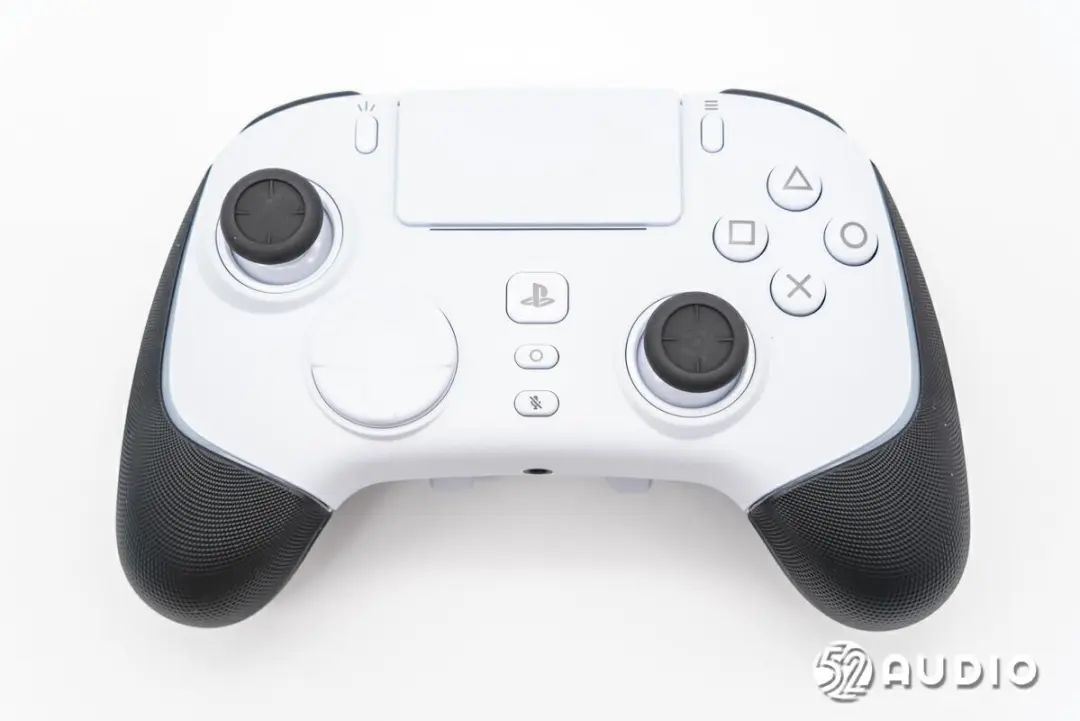
Telink’s SoCs offer the ultra-low latency and high-speed connection that gamers want and expect, providing a reliable entertainment experience.
The increasing popularity of devices using wireless connection methods brings great challenges to wireless connection technology. Players immersed in the gaming world now expect a stable connection and quick response from their controller devices, both of which significantly affect the gaming experience. In this context, chip technology manufacturers are addressing pain points such as connectivity and latency by promoting and upgrading technological development.
To explore solutions for wireless connectivity stability and low latency among major manufacturers, 52Audio recently disassembled the Razer Wolverine V2 Pro wireless game controller. It found that the controller and receiver parts are equipped with the Telink Semiconductor TLSR9517C multi-standard wireless SoC and TLSR8271 Bluetooth® LE SoC. Both SOCs also adopt Telink’s exclusive ultra-low latency audio + HID communication concurrency technology to bring a smoother gaming experience.
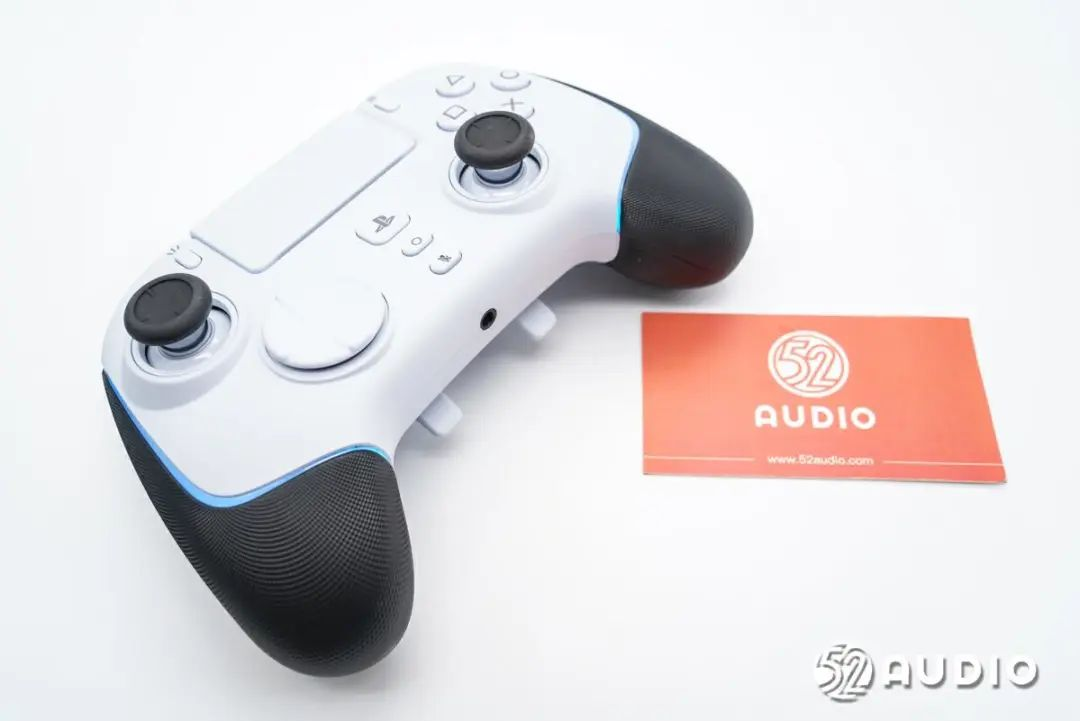
The Razer Wolverine V2 Pro uses Razer mechanical tactile action keys. Each key can withstand up to 3 million clicks with a shorter trigger distance and faster key operation to improve tactility. The trigger key supports Razer HYPERTRIGGER mode, which can switch from full keystroke to quick click to adapt to different game operations. In addition, the controller uses 8-way micro switch direction keys, four additional trigger keys, and two custom shoulder keys. It also features colorful RGB lights and two wooden rocker keys that can be replaced with different specifications.
Regarding functionality, the Razer Wolverine V2 Pro utilizes Razer HYPERSPEED wireless technology. Plugging the USB Type-C receiver into the corresponding gaming device can achieve a 2.4GHz high-speed wireless connection, bringing seamless stability to meet the needs of PS5 game consoles and computer-based competitive games.
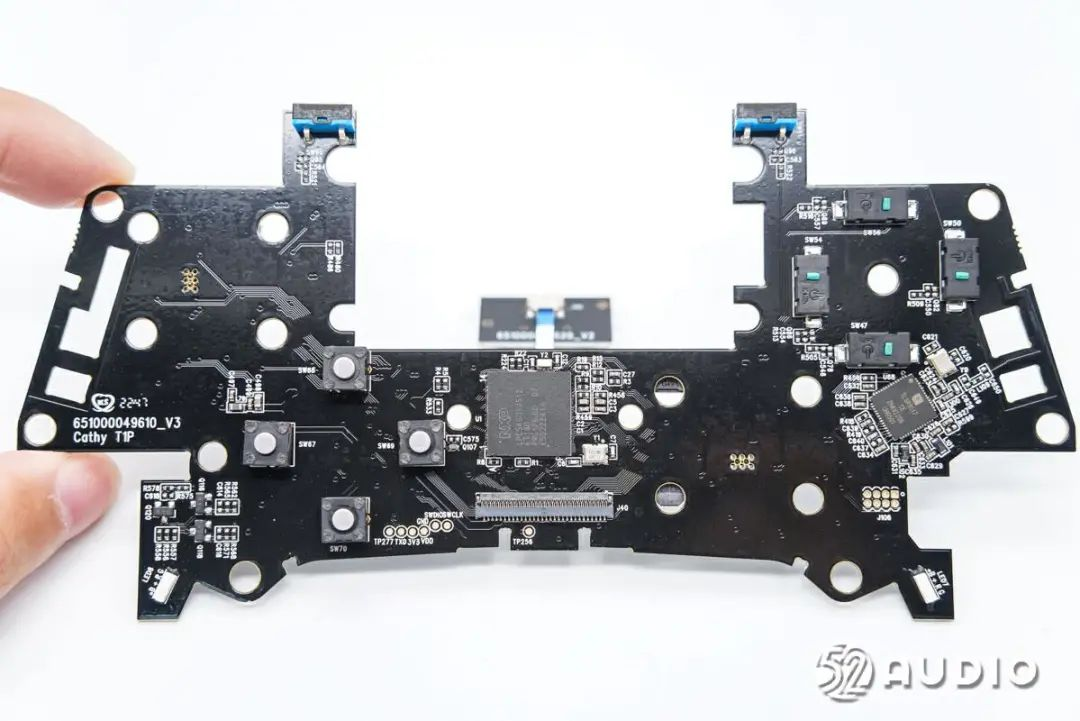
The Razer Wolverine V2 Pro controller and 2.4G wireless receiver both use the TLSR9517C multi-standard wireless SoC, which supports Telink’s exclusive ultra-low-latency audio + HID communication concurrent technology to bring a smoother performance experience. The controller is equipped with Telink’s TLSR8271 Bluetooth LE SoC, which integrates various features and functions required by 2.4GHz IoT standards into a single SoC to achieve data transmission when connecting to a mobile phone.
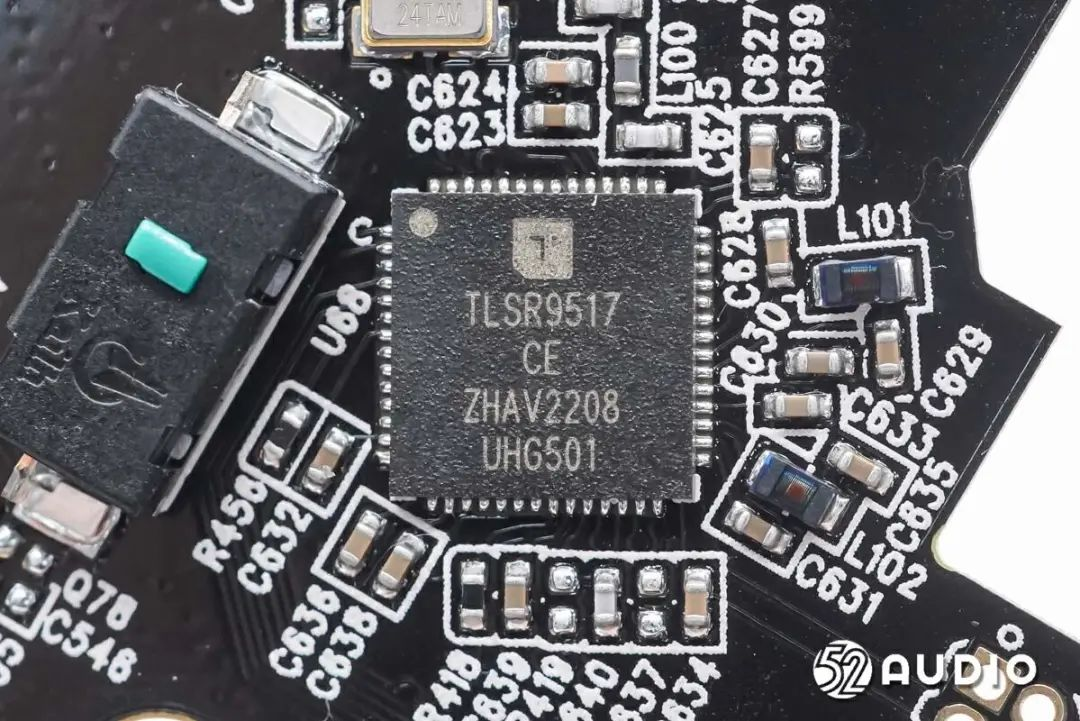
The image above shows Telink’s TLSR9517C multi-standard wireless SoC. The chip supports various wireless technologies, including Bluetooth LE Audio, Basic Classic (BR, EDR), and proprietary protocols, thus satisfying the requirements for high-quality wireless audio devices.
The TLSR9517 series effectively integrates 32-bit RISC-V MCU, flash memory, stereo audio codec, AUX ADC, analog and digital microphone input, PWM, and flexible IO interface. In addition, it can integrate peripheral modules required for various advanced audio applications. The chip includes a multi-level power management design to operate at ultra-low power, making it ideal for hearable and wearable devices and other power-constrained products.
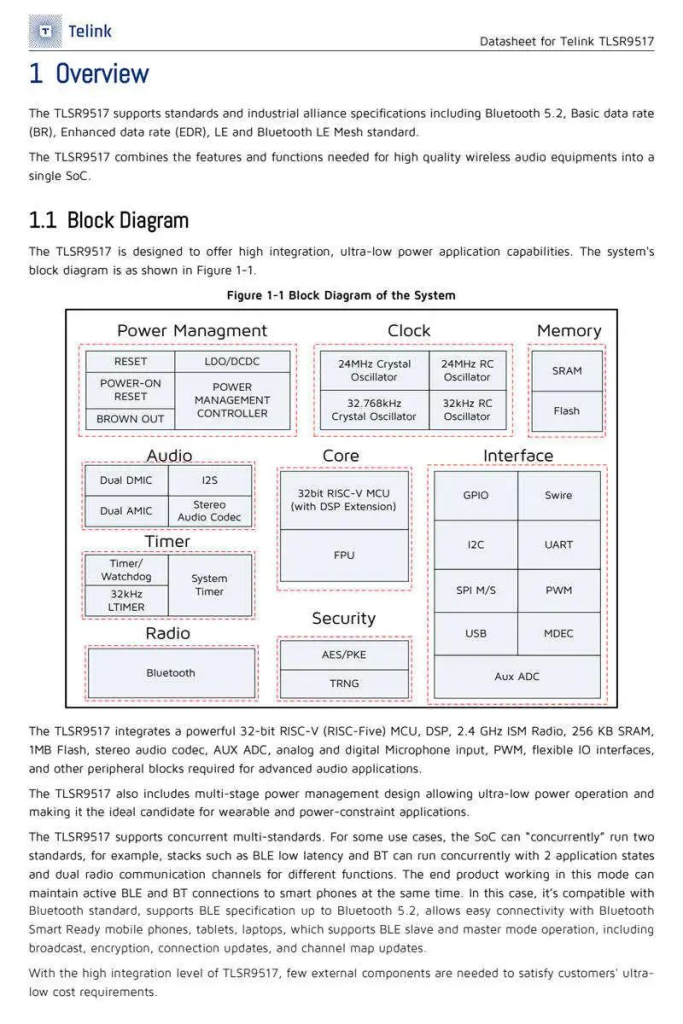
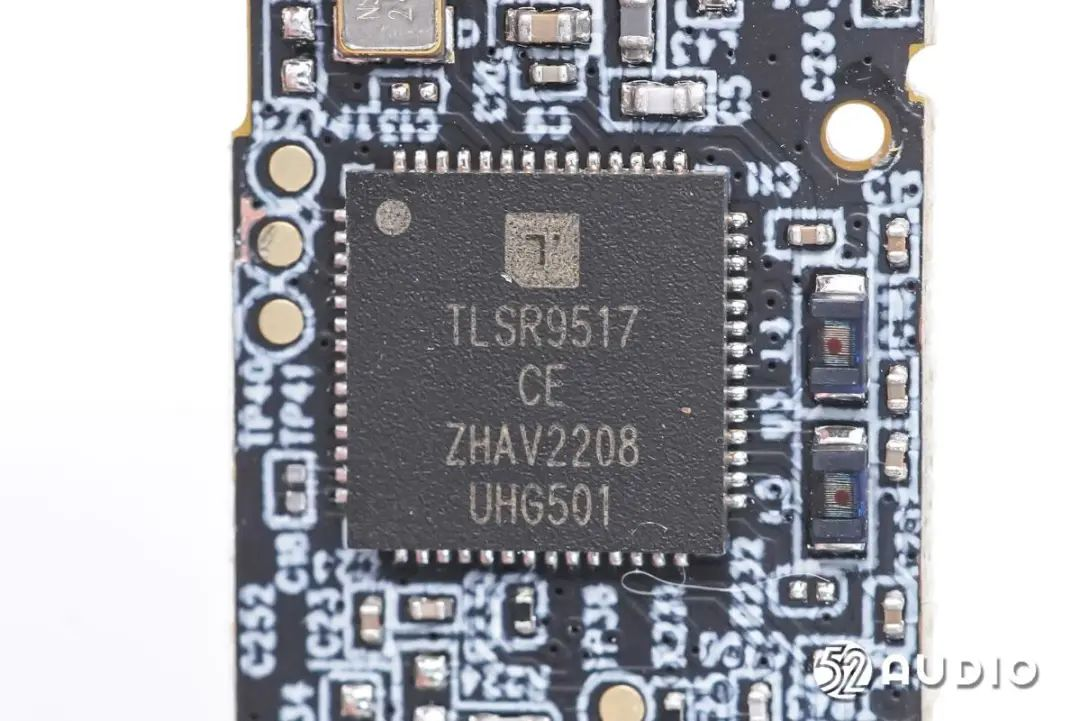
The image above shows the TLSR9517C multi-standard wireless SoC housed inside the receiver, which adopts Telink’s exclusive ultra-low latency audio + HID communication concurrency technology and matches the TLSR9517C chip inside the controller. The chip supports LC3 Codec and can provide a 16-bit @ 48KHz sampling rate. It’s also equipped with high-speed HID, enabling the TLSR9517C BLE connection to establish real-time configuration through smartphone apps.
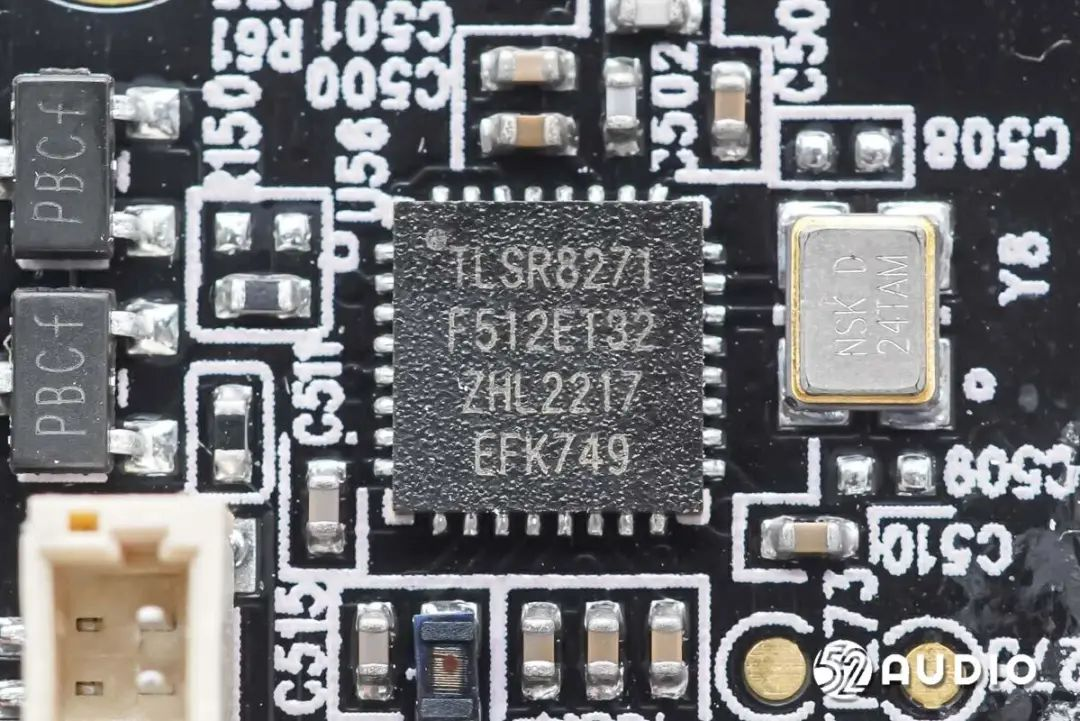
The image above shows Telink’s TLSR8271 Bluetooth LE SoC, which integrates the features and functions required by the 2.4GHz IoT standard to achieve data transmission, such as the preset function when connected to a mobile phone.
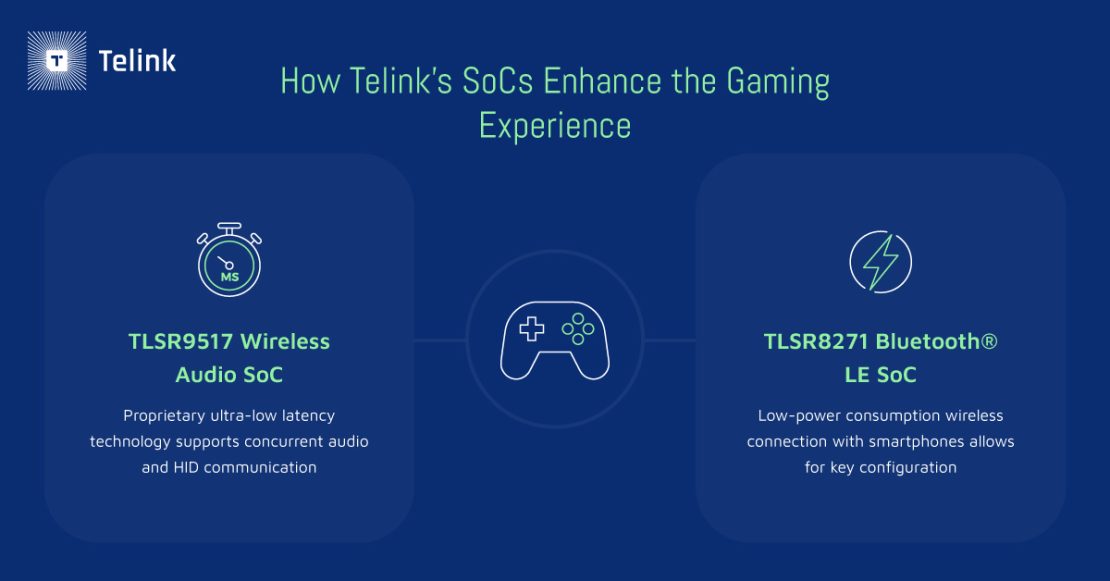
In disassembling the Razer Wolverine V2 Pro wireless game controller, 52Audio found that it uses Telink’s TLSR9517C multi-standard wireless SoC, adopts Telink’s exclusive ultra-low latency audio + HID communication concurrency technology, and supports various wireless transmission standards and industry specifications, bringing a stable and smooth wireless connection experience for players. In addition, the TLSR8271 Bluetooth LE SoC is used for mobile device connection presets.
Telink Semiconductor (Shanghai) Co., Ltd. was established in June 2010. It is a professional integrated circuit design company heavily involved in the research and development, design, and sales of wireless IoT system-level chips, focusing on cutting-edge technology development and breakthroughs in this field. Through years of continuous R&D, Telink has become one of the largest companies in this global sector, offering the widest product range.
The company has successfully developed a series of wireless IoT system-level chips with independent intellectual property rights and world-class performance levels. The core parameters of its main products either meet or exceed the technical level of leading international enterprises and widely support various consumer and commercial IoT applications, including smart retail, consumer electronics, lighting, home automation, healthcare, warehousing logistics, audio entertainment, and more.
Note: This article was originally published on 52Audio. Visit Telink’s wiki to learn more about our development tools, or ask us a question through our Technical Forum or by contacting us directly today.